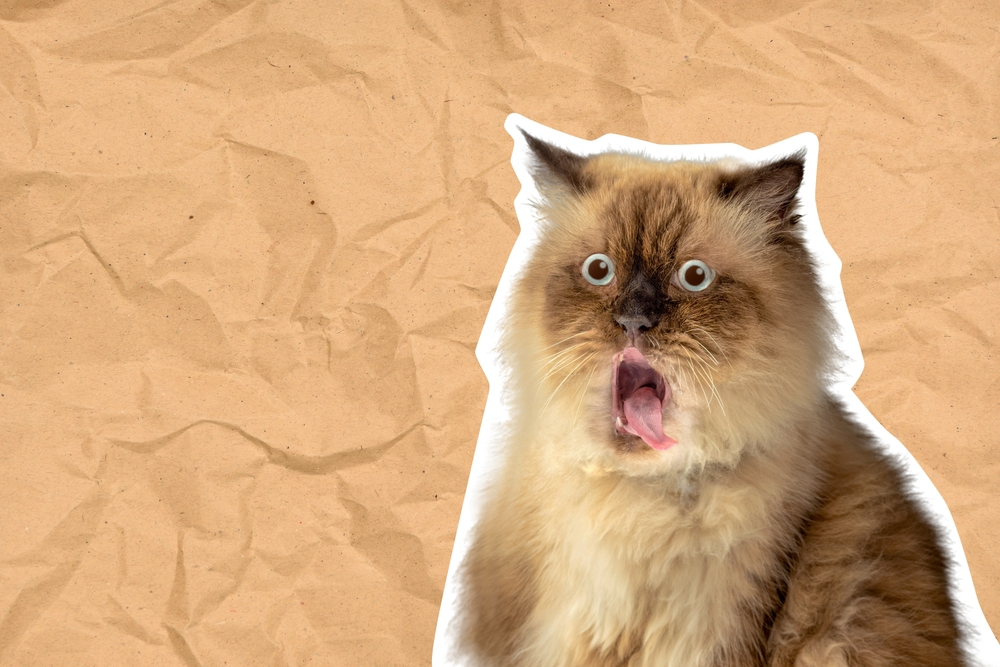
Dive into the ever-changing digital sea, where internet memes emerge as tidal waves of creativity and humor. Riding the wave of online culture, these viral trends serve as virtual expressions that transcend language barriers and connect people worldwide. As we explore the depths of this phenomenon, we’ll navigate through the latest trends, decoding the origins and evolution of memes that shape our online interactions.
Just like a surfer catching the perfect wave, internet users ride the wave of emerging memes, seamlessly integrating these cultural artifacts into their online conversations. The ebb and flow of viral sensations create a dynamic landscape where the next big trend is always on the horizon.
From the early days of the internet to the present, the evolution of memes mirrors the rapid pace of digital communication. Text-based jokes paved the way for image macros, evolving into GIFs and videos that capture and convey complex emotions in a matter of seconds. Understanding this evolution is crucial for those seeking to stay ahead of the ever-changing tide of internet culture.
The impact of internet memes extends beyond mere entertainment. Memes have become powerful tools for social commentary, activism, and cultural reflection. They serve as a mirror to society, reflecting the collective consciousness of internet users and providing a lens through which we can view contemporary issues.
In this deep dive, we’ll analyze the anatomy of a meme, exploring the psychology behind what makes certain ideas go viral. Unravel the threads of cultural references, catch the nuances of humor, and witness the birth of the latest trends that define online discourse.
So, fasten your seatbelt and get ready to ride the wave of internet memes, where the latest trends, viral sensations, and cultural expressions converge to shape the digital landscape. It’s a journey through the vast ocean of online content, where the tides of creativity and connectivity propel us forward into the uncharted waters of the internet meme phenomenon.
The Birth of Memes:
Memes, in the context of the internet, refer to humorous or culturally relevant images, videos, and ideas that spread rapidly from person to person. British evolutionary biologist Richard Dawkins first used the term “meme” in 1976 to describe it as a component of cultural evolution. However, it wasn’t until the rise of the internet that memes truly became a global cultural phenomenon.
Early Internet Memes:
The early 2000s witnessed the birth of iconic memes such as “Dancing Baby” and “All Your Bases Belong to Us.” These memes laid the groundwork for the culture of remixing and repurposing content that defines internet memes today. As social media platforms like Facebook, Twitter, and later Instagram and TikTok emerged, memes found new platforms for virality.
Evolution of Memes:

Memes have evolved from simple images with captions to more complex and dynamic formats, including GIFs, videos, and even augmented reality filters. The evolution of memes is closely tied to internet culture, with users constantly pushing creative boundaries to generate content that resonates with a global audience.
Social Media’s Role:
Social media platforms play a pivotal role in the propagation of memes. Hashtags, trends, and challenges create an environment where users actively engage with and share content. Platforms like Twitter and Reddit have become meme incubators, where new ideas emerge, gain traction, and quickly go viral.
The Power of Virality:
The virality of memes is a fascinating aspect of internet culture. Memes can spread like wildfire, reaching millions of users within hours. The “viral effect” is often caused by something that people can relate to, something funny, or a clever take on current events. Memes have the power to unite people across the globe, creating a shared cultural experience.
Internet Subcultures:
Memes are not one-size-fits-all; they often cater to specific internet subcultures. From gaming communities to fandoms and niche interests, memes serve as a form of communication unique to each subculture. This diversity contributes to the richness of internet culture.
Brands and Memes:
Recognizing the influence of memes, brands have seamlessly integrated them into their marketing strategies, utilizing meme marketing as a dynamic tool for connecting with younger, internet-savvy audiences. This form of content marketing allows brands to ride the wave of online culture, engaging in a more authentic and relatable dialogue with consumers. However, marketers must tread carefully, ensuring that their approach doesn’t cross into forced marketing territory. Striking the right balance is essential for a successful marketing campaign that not only embraces the latest trends but also resonates genuinely with the target audience.
The Dark Side of Memes:
While memes are often lighthearted and humorous, they can also have negative consequences. Memes can perpetuate stereotypes, spread misinformation, and even contribute to cyberbullying. It’s essential to be mindful of the impact memes can have on individuals and society.
The Evolution of Format:
As internet culture continues to evolve, so do the formats of memes. While image macros and captioned images remain popular, newer formats like reaction memes, image collages, and multi-panel comics have gained traction. The versatility of these formats allows users to convey a wide range of emotions and messages, contributing to the ever-expanding lexicon of Internet communication.
Trends and Challenges:
Internet memes are not only about static images or videos; they often manifest as trends and challenges that encourage user participation. Whether it’s the Ice Bucket Challenge, the Mannequin Challenge, or the dance challenges on TikTok, these phenomena create a sense of community and shared experience. Trends and challenges further amplify the virality of content as users eagerly contribute to the ongoing narrative.
The Role of Humor:
Humor is a driving force behind the success of memes. Memes often leverage sarcasm, irony, and wit to make commentary on societal norms, current events, or everyday situations. The ability to find humor in relatable experiences is a key factor in a meme’s appeal, transcending cultural and linguistic boundaries.
Meme Lifecycle:
The lifecycle of a meme is a fascinating aspect of internet culture. Memes go through various stages, from creation to virality, saturation, and eventual decline. Some memes enjoy enduring popularity, becoming timeless classics, while others fade away quickly. Understanding the lifecycle helps meme enthusiasts and creators gauge the longevity and impact of their creations.
Meme Crossovers and Remix Culture:

Memes are not isolated entities; they often intersect and combine, giving rise to meme crossovers. Remix culture, characterized by the reworking and reinterpretation of existing content, is a fundamental aspect of meme creation. Memes build on each other, creating a dynamic tapestry of cultural references and inside jokes that resonate with internet users.
Meme Economy:
The internet meme landscape has given rise to a virtual economy where users trade and create value around memes. The concept of “meme economy” involves discussions, analyses, and even investments related to the popularity and potential longevity of memes. Meme-focused communities online engage in lively discussions about the next big meme and its potential impact.
Legal and Ethical Considerations:
The nature of internet memes, often relying on the use of copyrighted images or content, raises legal and ethical questions. Memes blur the line between fair use and copyright infringement, leading to ongoing debates about the rights of content creators and the responsibilities of meme creators. Striking a balance between creative expression and respecting intellectual property is an ongoing challenge in the meme ecosystem.
Looking Ahead:
As technology advances and internet culture continues to evolve, the world of memes will undoubtedly undergo further transformations. The integration of artificial intelligence, virtual reality, and augmented reality may give rise to new forms of meme expression. Staying attuned to the pulse of internet culture will be essential for anyone seeking to ride the next wave of viral content.
Conclusion:
“In conclusion, memes and trends on the internet show how the culture of the internet is always changing. They capture shared experiences, give people a way to be creative and funny, and make social comments. To ride the viral wave, it’s important to understand the different types of memes and the groups and subcultures that make up this constantly changing ecosystem. Memes have evolved into their own language that affects how people talk, share their experiences, and understand the world. As we swim through this digital water, it’s important to value the creativity, humour, and variety that memes bring to our online conversations.


